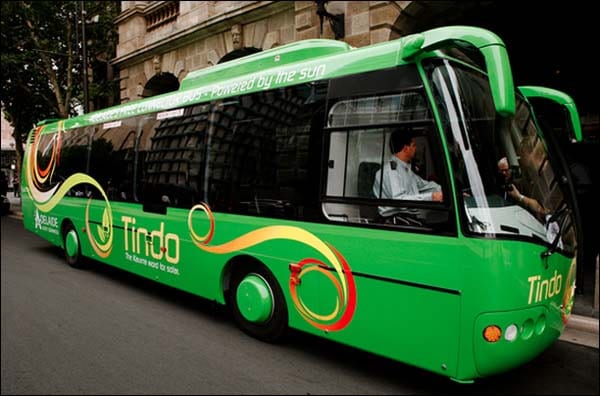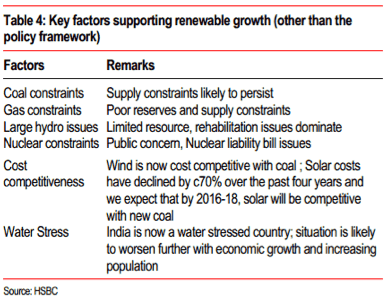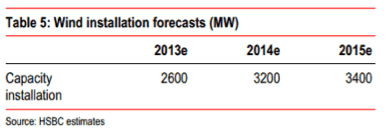For long India has been the country of people who have been denied and deprived of prosperity and modern day comforts of life. When we take into account any of the prosperity indices like per capita earnings, per capita consumption of steel, electricity, cement, milk, cloth or for that matter any other parameter, we are no where near even to post world war II figures of advanced nations. This huge gap and magnitude of increase that is required to fulfill the dreams of one billion people is a God sent opportunity to make this country technology leader in many fields. Let us not waste this opportunity by bringing in prosperity through a route which has evolved in this world because of the then limitations in the field of science and technology and material development.
Electricity generation and connected technologies should be topmost priority as its consumption index is the mother of all other economic development indices and we have to increase its production manifold to catch up with the western world. Surprisingly our politicians and technologists both have chosen a path where we will all the time be following the developed nations and be dependent on them. It is not that developed nations do not understand that ultimate answer lies in the Renewable Sources of Energy. These nations themselves will also ultimately switch over to these sources when their present power plants and plant manufacturing technologies become obsolete and they have squeezed full value by selling them to nations like India. Till such time the use of renewable energy will be kept at exorbitant price. It is for us to seize this opportunity and make power from these sources at prices comparable with power from present day conventional sources through research, technology innovation and scale of production. We should not forget that even with our meagre per capita consumption of electricity we are fifth largest producer in world. Therefore our targeted yearly additions in power production are far more than the yearly obsolescence of American Plants. Since they have all the technologies for setting up of conventional and nuclear power plants available in house they will not be interested in large scale spending on researches in the fields of utilizing renewable energy sources at present.
 Today, in the United States, we have 104 operating nuclear plants producing electricity. The owners, operators, and government regulators who oversee them say an event like Fukushima will not happen here. And even if it did, they insist, there is enough liability insurance in place to cover the damages. The actual amount of that insurance coverage: just $12.6 billion.
Today, in the United States, we have 104 operating nuclear plants producing electricity. The owners, operators, and government regulators who oversee them say an event like Fukushima will not happen here. And even if it did, they insist, there is enough liability insurance in place to cover the damages. The actual amount of that insurance coverage: just $12.6 billion.





